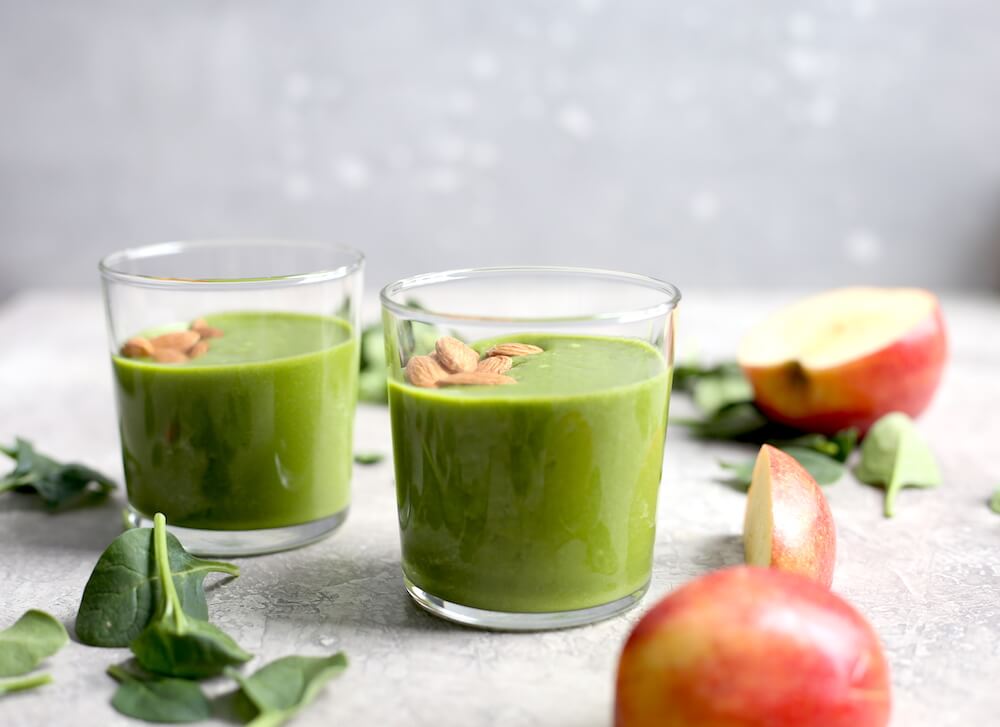
In order to lead a healthy lifestyle w should consume a well-balanced diet at every meal. Everyone should eat adequate amounts of carbohydrate, fat, protein, vitamins and minerals. In addition, you should also add high energy foods that boost energy to the well-balanced diet. Energy boosting foods are always rich in proteins, minerals, vitamins, and fats. These nutrients mostly provide the energy essential for maintaining body muscles and tissues including liver. Studies show that energy boosting foods offer 1.2-1.5 grams of proteins per kilogram of body weight per day. While the amount of fats stored is 35-40 kilocalories per kilo body weight per day. Here are 6 high energy foods that you should add to your daily diet.
{ 1 } Healthy Yogurt With Fruits And Nuts
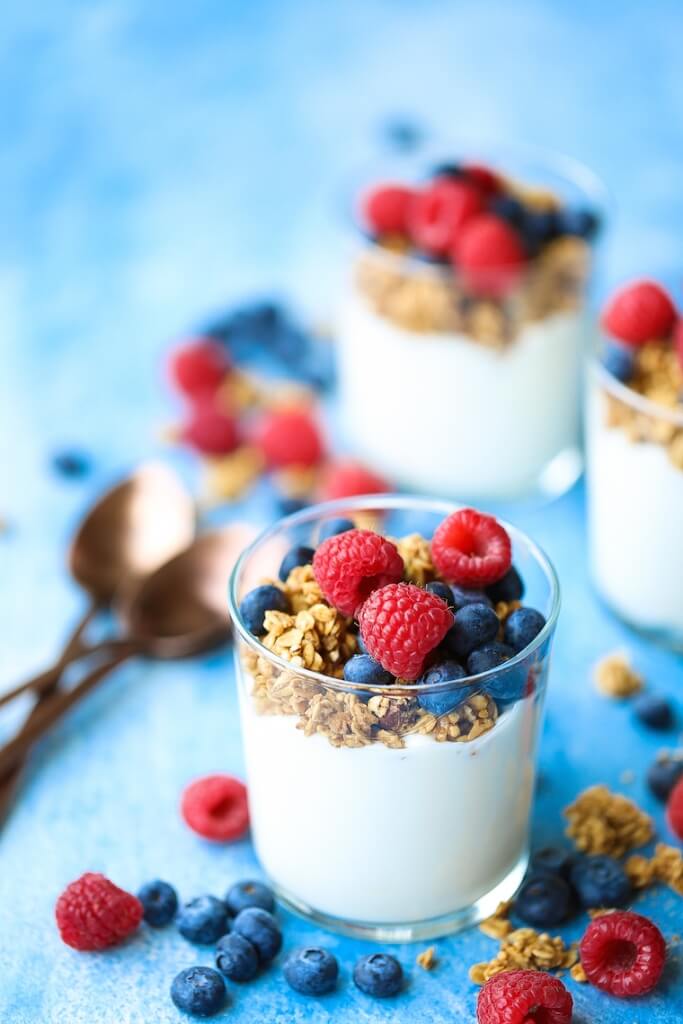
Yogurt, especially Greek Yogurt, is creamy, delicious and nutritious. It is made by straining whey and other liquids from milk curds. Yogurt is very rich in proteins. After consuming yogurt, one does not feel hungry for many hours. The high levels of hormones (PYY and GLP-1) present in yogurt enhance the break-down of fats and carbohydrates. Thus, yogurt helps in controlling the body-weight and reducing hunger pangs. Concentrated fatty yogurt contains conjugated linoleum acid (CLA) that enhances the loss of fat. At the same time, CLA reduces the risk of getting breast cancer.
The addition of fruits and nuts makes the yogurt even more nutritious. Adding fruits such as berries makes the yogurt healthier. These include blackberries, blueberries, raspberries, and strawberries. All berries are rich in antioxidants known as Anthocyanins. These antioxidants protect the heart, reduce inflammation, prevent oxidization of blood cholesterol, and maintain the healthy lining of blood vessels.
Nuts (walnuts, almonds, cashews, and pecans) have coenzyme Q10 that helps in producing energy. The protein of the nuts offers endurance and strength for the entire day. People who eat nuts never feel tired throughout the day. Nuts such as Almonds offer Manganese, Copper, and Riboflavin. Both Manganese and Copper aid in maintaining the energy in the body. Meanwhile, Riboflavin helps in oxygen-based energy production. The fats in all kinds of nuts are harmless. People add nuts to daily diet have proved they do not gain any weight. Studies have confirmed that Almonds do not absorb all the fat within them. Nuts offer Magnesium, Potassium and Monounsaturated fat that is good for the heart and reduce the risk of heart disease. Moreover, they can control blood sugar for those with Diabetes.
{ 2 } Spinach For High Energy Foods
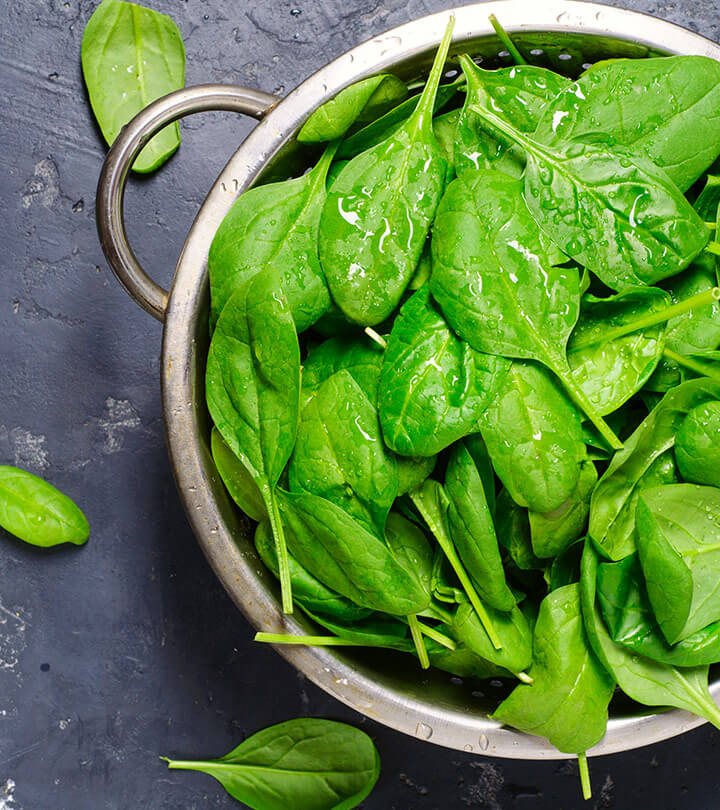
Spinach is one of the common leafy green vegetables available all over the world. Spinach is full of nutrients – high fiber, Vitamin K for bones, Lutein for eyes, and for making muscles. Also, Spinach is rich in iron and offers a good source of high energy foods. Other items include calcium, Folic Acid, magnesium, potassium, and vitamins A, C, E and K. Also, spinach has high fiber and antioxidants. Hence, you should add spinach to your diet if you suffer from iron deficiency and get tired throughout the day. Spinach not only provides with iron but also offers Vitamin C necessary for iron absorption to the body. The body absorbs iron and utilizes it in the synthesis of red blood cells (RBC) that carry oxygen to all parts of the body. Also, Spinach produces nitric oxide that widens blood vessels for improved free flowing of blood.
{ 3 } Sweet Potato For Boosting Energy
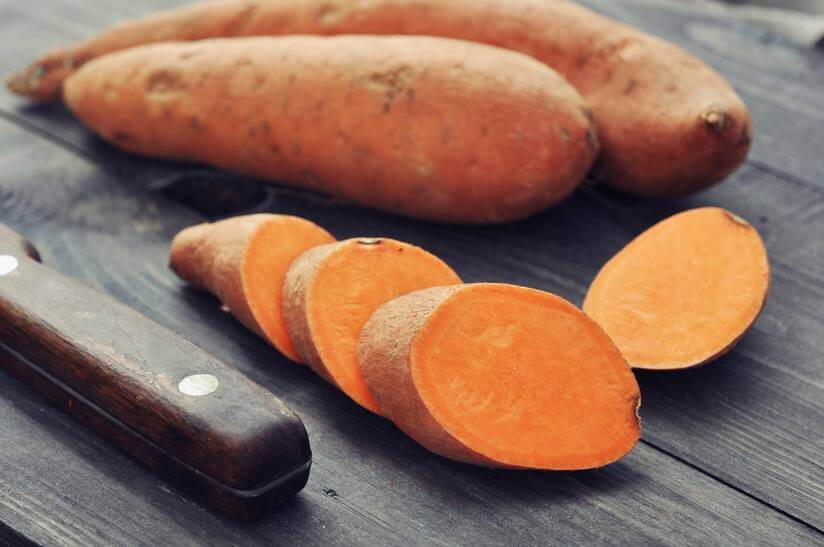
Sweet potatoes or yams are tasty, highly nutritious and boost energy. The sweet potato is the underground root. Sweet potatoes offer antioxidant called beta-carotene that increases Vitamin A levels, especially amongst children. Moreover, sweet potatoes have high carbohydrates and Vitamin C.
Medium sized sweet potato – 23 grams of carbohydrates in starch form (53%). Other sugars (32%) include glucose, fructose, sucrose, and maltose. The glycemic index of a medium sweet potato varies from 44-96. The glycemic index measures how rapidly blood sugar value rises after a meal. Other items include 3.8 grams of fiber, 28% of RDI for Manganese and 438% of RDI for Vitamin A. The high content of Manganese breaks down nutrients and produces energy for the body. The high fibers include soluble pectin (15-23%) and insoluble cellulose, hemicellulose, and lignin (77-85%). As a result, the digestion of sweet potato is a very slow process. The pectin prevents the rise in blood sugar by slowing down the digestion of sugars and starches. Insoluble fibers reduce the risk of diabetes and help in stomach health.
{ 4 } Highly Nutritious Brown Rice
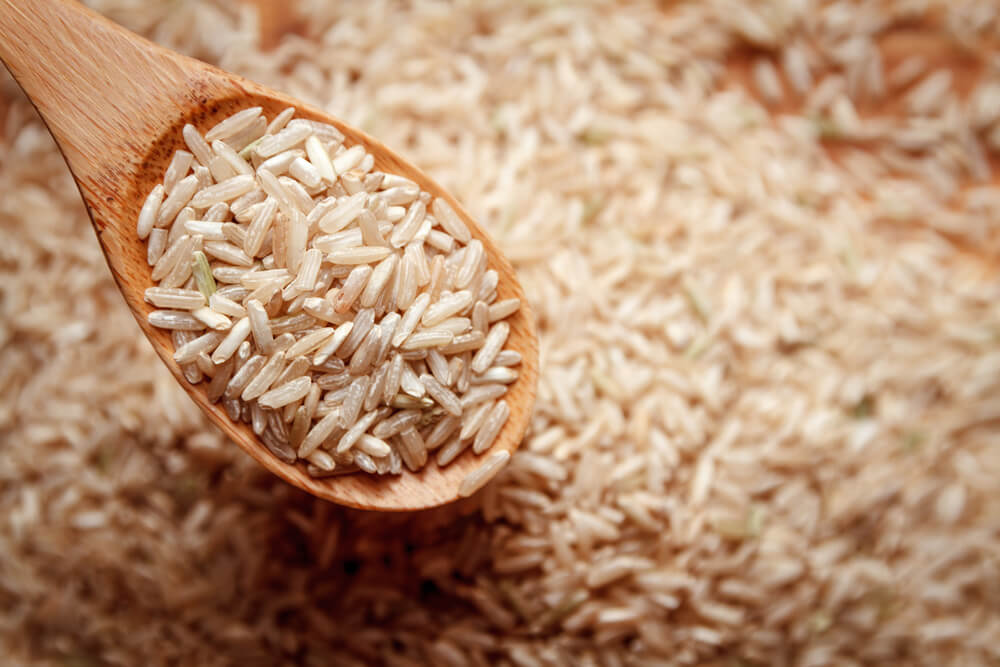
Brown rice, the whole grain, contains 3-parts of the grain kernel. The outer fiber filled layered known as bran, the highly nutritious core called the germ and the starchy mid-layer called endosperm. The inedible outer bran is also removed. When you further refine the rice and remove both the germ and bran you get white rice. As a result, it lacks nutrients such as Vitamin B and iron. According to some reports from the American Heart Association (AHA), white rice is later enriched with vitamins and iron.
Brown rice is naturally highly nutritious without bran but germ and starch intact. It has preserved fibers, vitamins and minerals beneficial to health. One cup (195 grams) of cooked brown rice has 3.5 grams fiber with a low glycemic index. As a result, it can control blood sugar levels throughout the day. Additionally, this one cup of brown rice has 88% of RDI Manganese. The use of this mineral increases the metabolic rate of breaking carbohydrates and proteins.
{ 5 } Refreshing Energy From Blueberries
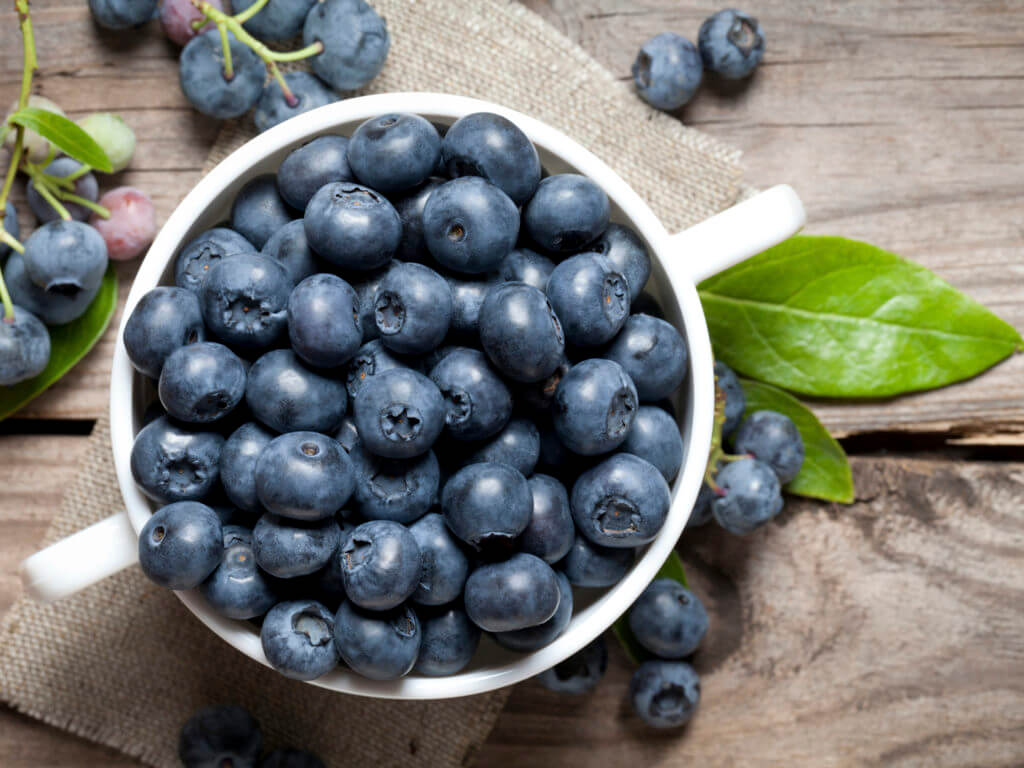
Blueberries refresh and give energy to the body. This is probably why they are considered a superfood. The berries are rich in antioxidants that help to develop are famously regarded as superfoods. These antioxidants have proved to be anti-aging substances. Blueberries are one of the best foods for getting healthy skin and body.
{ 6 } Amazingly Healthy Quinoa
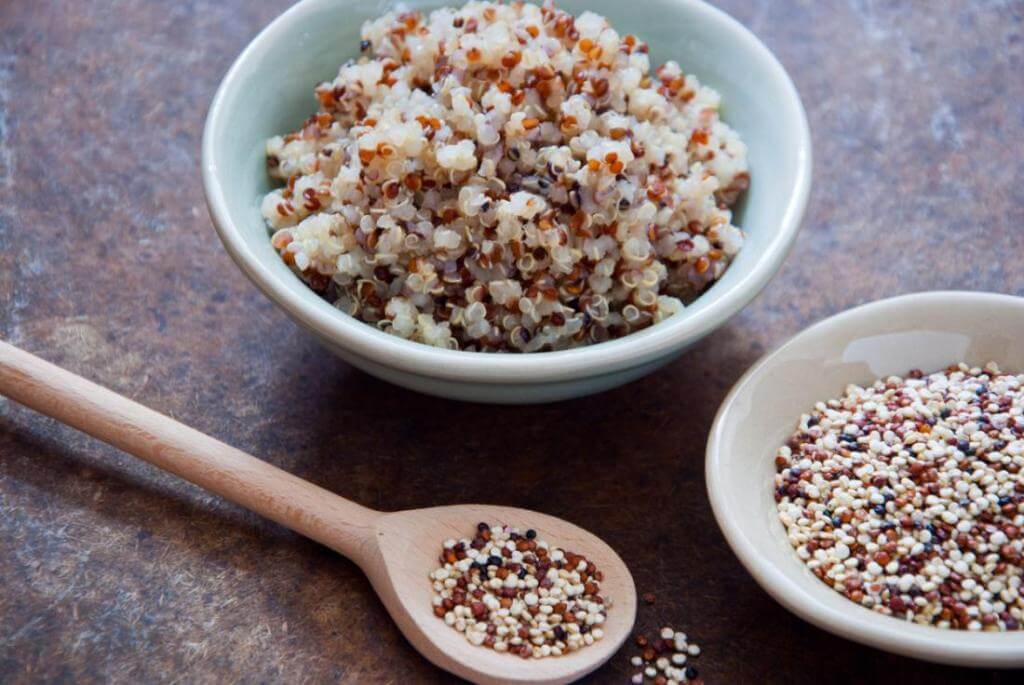
Quinoa is a popular seed that is rich in protein content. One cup of Quinoa offers 39 grams of carbohydrate, 5 grams of fiber, 8 grams of protein, and adequate amounts of vitamins and minerals. Quinoa has a high carbohydrate. However, it has a low Glycemic Index which means that it absorbs carbohydrates slowly. This makes the release of energy a gradual process and the individual eating Quinoa feels full for a longer time. Quinoa offers more than 20% of the RDI for Manganese, Magnesium, and Folate. These minerals are used for metabolic rates for producing energy.




